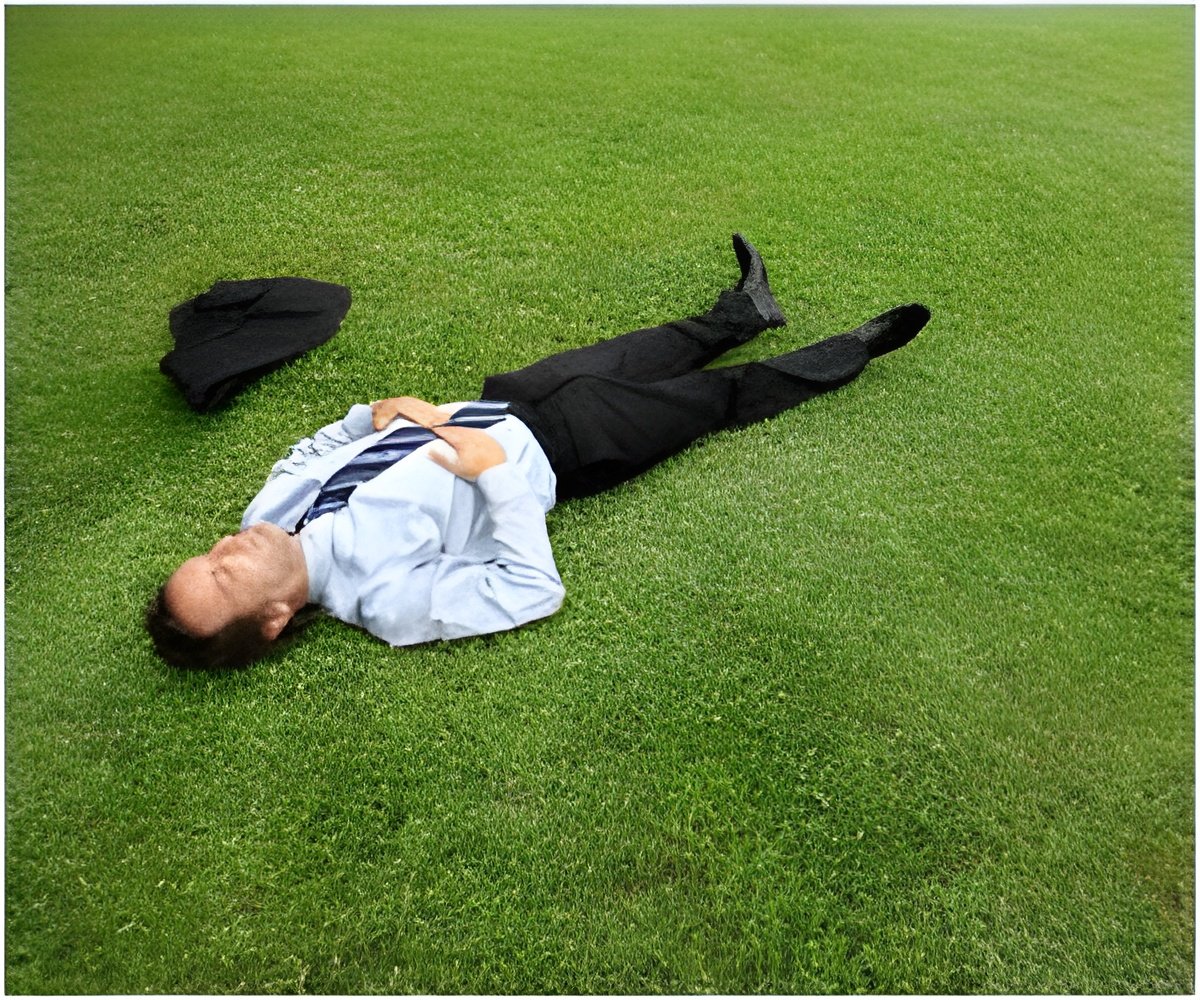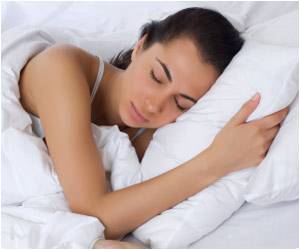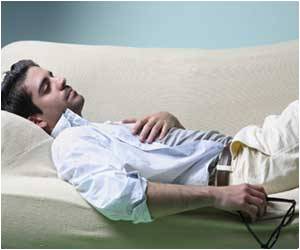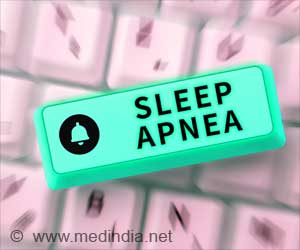Sleepwalkers are nearly four times more likely to report a history of headaches and 10 times more likely to report experiencing migraines compared to others.

‘A cross-sectional study of 100 healthy controlled subjects and 100 patients with a diagnosis of sleepwalking found that sleepwalkers were nearly four times more likely to report a history of headaches and 10 times more likely to report experiencing migraines compared to others.’





Among sleepwalkers with at least one previous sleepwalking episode that involved an injury, 79 percent perceived no pain during the episode, allowing them to remain asleep despite hurting themselves. "Our most surprising result was the lack of pain perception during the sleepwalking episodes," said principal investigator Regis Lopez, psychiatrist and sleep medicine specialist at Hospital Gui-de-Chauliac in Montpellier, France.
Lopez and colleagues conducted the cross-sectional study of 100 healthy controlled subjects and 100 patients with a diagnosis of sleepwalking, including 55 males and 45 females, with a median age of 30 years.
Forty-seven sleepwalkers reported having experienced at least one injurious sleepwalking episode. Only 10 reported waking immediately due to pain. The other 37 perceived no pain during the episode, but felt pain later in the night or in the morning.
For example, one patient sustained severe fractures after jumping out of a third-floor window while sleepwalking but did not feel the pain till he woke up later in the night. Another patient broke his leg during a sleepwalking episode in which he climbed onto the roof of his house and fell down, but he did not wake up till morning.
Advertisement
The results were published in the journal Sleep.
Advertisement










